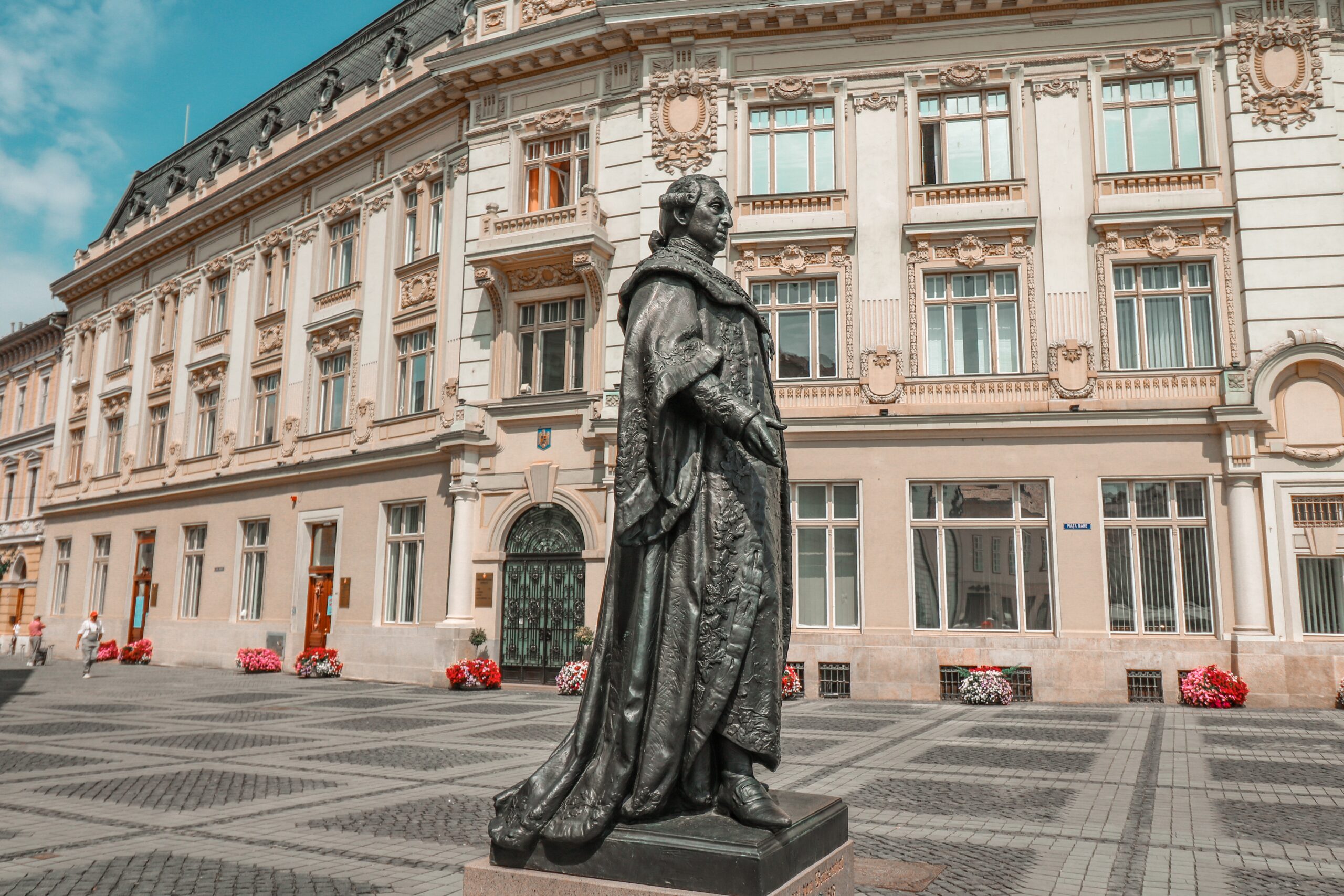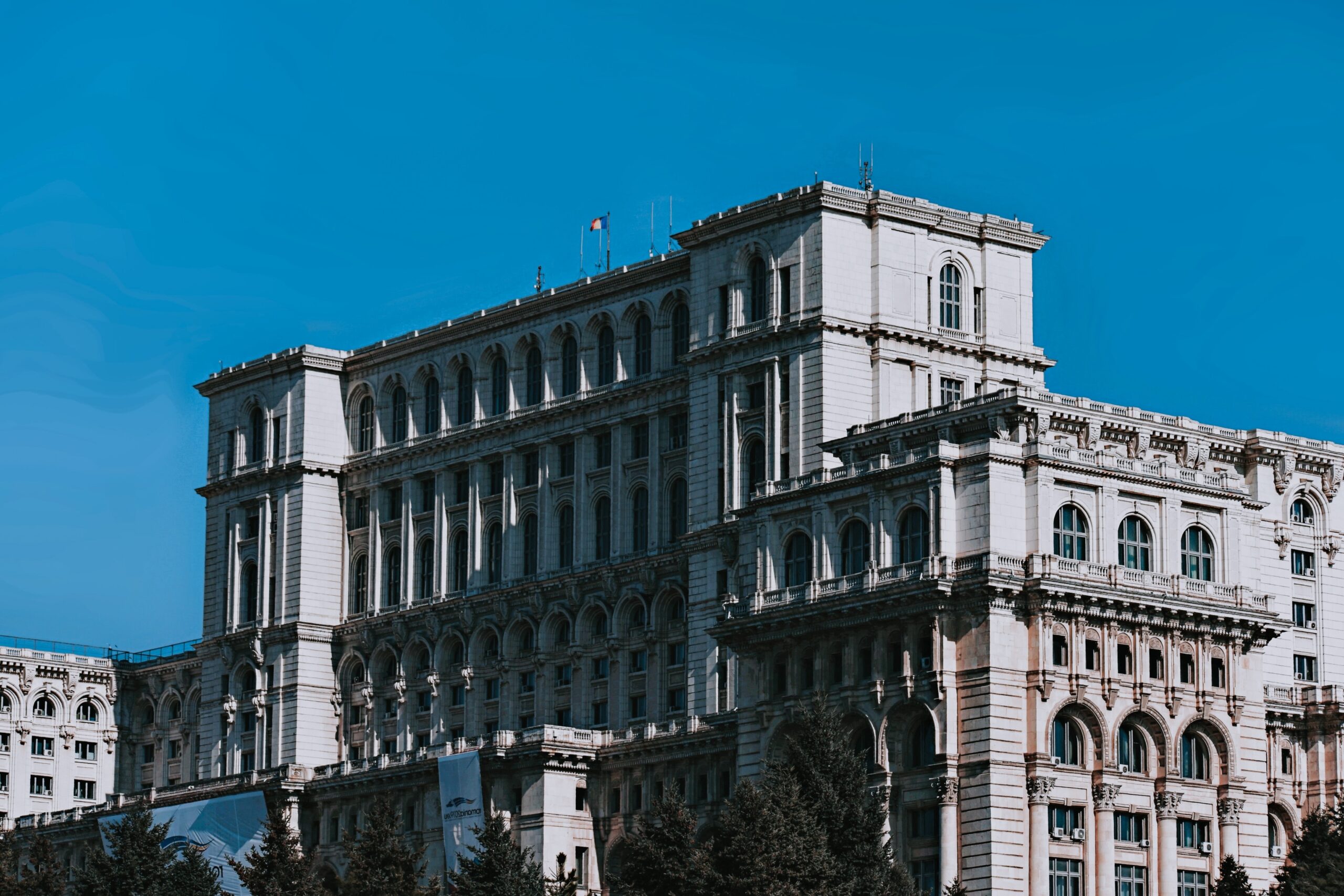Beyond only having the capacity to speak in other languages, being bilingual has many advantages. Romanian translator can attest to the fact that being bilingual has opened countless doors.
Benefits of Being Bilingual
Being bilingual offers numerous advantages in today’s interconnected world. Firstly, it enhances cognitive abilities, such as better multitasking and problem-solving skills. Secondly, bilingual individuals have improved job prospects and higher earning potential. Moreover, being bilingual promotes cultural understanding, facilitates travel, and opens doors to new experiences, relationships, and opportunities.
Improved cognitive function
Research has shown that being bilingual can lead to improved cognitive function, including better memory, problem-solving skills, and multitasking abilities.
Increased job opportunities
In today’s globalized economy, being bilingual is an asset in many industries, including business, healthcare, and education.
Improved communication
Being bilingual allows you to communicate with a wider range of people, which can lead to improved relationships and better understanding across cultures.
Enhanced cultural awareness
When you learn a new language, you also learn about the culture and customs of the people who speak that language. This can lead to enhanced cultural awareness and empathy.
Personal growth
Learning a new language can be a challenging but rewarding experience that can lead to personal growth and a sense of accomplishment.
About Romania
Romania is a country located in southeastern Europe, known for its rich history, natural beauty, and vibrant culture. With a population of over 19 million people, Romania is the seventh most populous member state of the European Union. The official language of Romania is Romanian, which is a Romance language that has its roots in Latin.
Exciting Facts about Romania
- Romania is home to the world’s largest administrative building, the Palace of the Parliament, which has more than 3,000 rooms.
- The Danube Delta, which is in Romania, is the second largest river delta in Europe and is a UNESCO World Heritage site.
- Many animals, including wolves, lynxes, and bears, call the Carpathian Mountains, which cut across Romania, home.
- Northeastern Romania’s painted monasteries in Bucovina are well known for their vibrant paintings and are UNESCO World Heritage Sites.
Romanian People
Romanians are known for their hospitality, warmth, and generosity. They are proud of their culture and history and are always happy to share it with others. Romanian culture is rich with customs and traditions that place a strong emphasis on family get-togethers and festivals.
Famous Landmarks in Romania
Romania has a rich history and culture, and there are many famous landmarks throughout the country. Here are some of the most notable castles, monasteries, and museums:
Castles
Bran Castle – also known as Dracula’s Castle, is in the Transylvania region and is known for its connection to the legend of Count Dracula.
Peles Castle – located in the town of Sinaia, a stunning example of Neo-Renaissance architecture, was built in the late 19th century as the summer house of the Romanian royal family.
Corvin Castle – located in the Hunedoara region, one of the largest castles in Europe and known for its Gothic architecture.
Hunyad Castle – is in the Transylvania region and is known for its imposing presence and fascinating history.
Cantacuzino Castle – located in the Prahova Valley, is a stunning example of Neo-Romanian architecture.
Monasteries
Voronet Monastery – located in the Bukovina region, known for its stunning blue frescoes and often referred to as the “Sistine Chapel of the East”.
Horezu Monastery – located in the southern part of Romania, is known for its beautiful frescoes and is a UNESCO World Heritage Site.
Sucevita Monastery – located in the Bukovina region, known for its green frescoes and is a UNESCO World Heritage Site.
Putna Monastery – located in the Bukovina region, known for its connection to the famous Romanian ruler, Stephen the Great.
Cozia Monastery – located in the Oltenia region, known for its impressive architecture and beautiful location on the banks of the Olt River.
Museums
The National Museum of Art of Romania, located in Bucharest, showcases an outstanding collection of Romanian art that spans from the Middle Ages to the Present.
The National Museum of History of Romania houses an extensive collection of historical relics from the nation’s colorful past in Bucharest.
Traditional rural life in Romania is on display at the ASTRA Museum of Traditional Folk Civilization in Sibiu.
The Romanian Peasant Museum, which is in Bucharest, presents the way of life and culture of the Romanian peasant throughout time.
The Brukenthal National Museum is a large museum with exhibits from all around Europe and Romania’s past. It is situated in Sibiu.
The Way of Living in Romania
Romania is a country located in Southeast Europe, bordered by Ukraine, Moldova, Hungary, Serbia, and Bulgaria. The way of living in Romania is influenced by its history, traditions, and culture.
Family and community
Family and community are essential in Romanian culture. Romanians place a high value on family values, and family members support and assist one another. Festivals, fairs, and religious celebrations are important parts of Romanian culture, and people take great pride in taking part in them.
Food and drink
Romanian cuisine is a mixture of Eastern European and Mediterranean influences. Traditional dishes include sarmale (stuffed cabbage rolls), mici (grilled minced meat rolls), and polenta (cornmeal porridge). Popular drinks include beer and wine, as well as țuică, a strong alcoholic drink made from plums.
Religion
The majority of Romanians are Eastern Orthodox Christians, and religion is very important in their daily lives. Additionally, churches and monasteries play an important role in Romanian culture, as do religious holidays such as Christmas and Easter.
Work and education
Education is highly valued in Romania, and the country has a high literacy rate. Many young people attend university and pursue careers in fields such as engineering, medicine, and law. The country has a diverse economy, with industries such as agriculture, manufacturing, and tourism.
Art and music
Romania has a rich artistic heritage, with traditional crafts such as pottery, weaving, and embroidery still practiced today. And, music is also an important part of Romanian culture, with folk music and dance still popular throughout the country.
Language
The official language of Romania is Romanian, which is a Romance language like Italian and Spanish. English is also widely spoken, especially in larger cities and tourist areas.
Overall, the way of living in Romania is characterised by strong family ties, religious traditions, and a diverse cultural heritage. Lastly, the country has undergone significant changes in recent decades, but its people remain proud of their cultural identity and traditions.
Conclusion
Being bilingual offers many benefits beyond just the ability to speak other languages. From a perspective of Romanian translator, being bilingual can open up job opportunities, improve cognitive function, increase cultural awareness, enhance communication skills, and provide travel opportunities.
Related Posts

Get a quote today
"*" indicates required fields
Subscribe today to receive the latest insights and updates from Sylaba Translations










